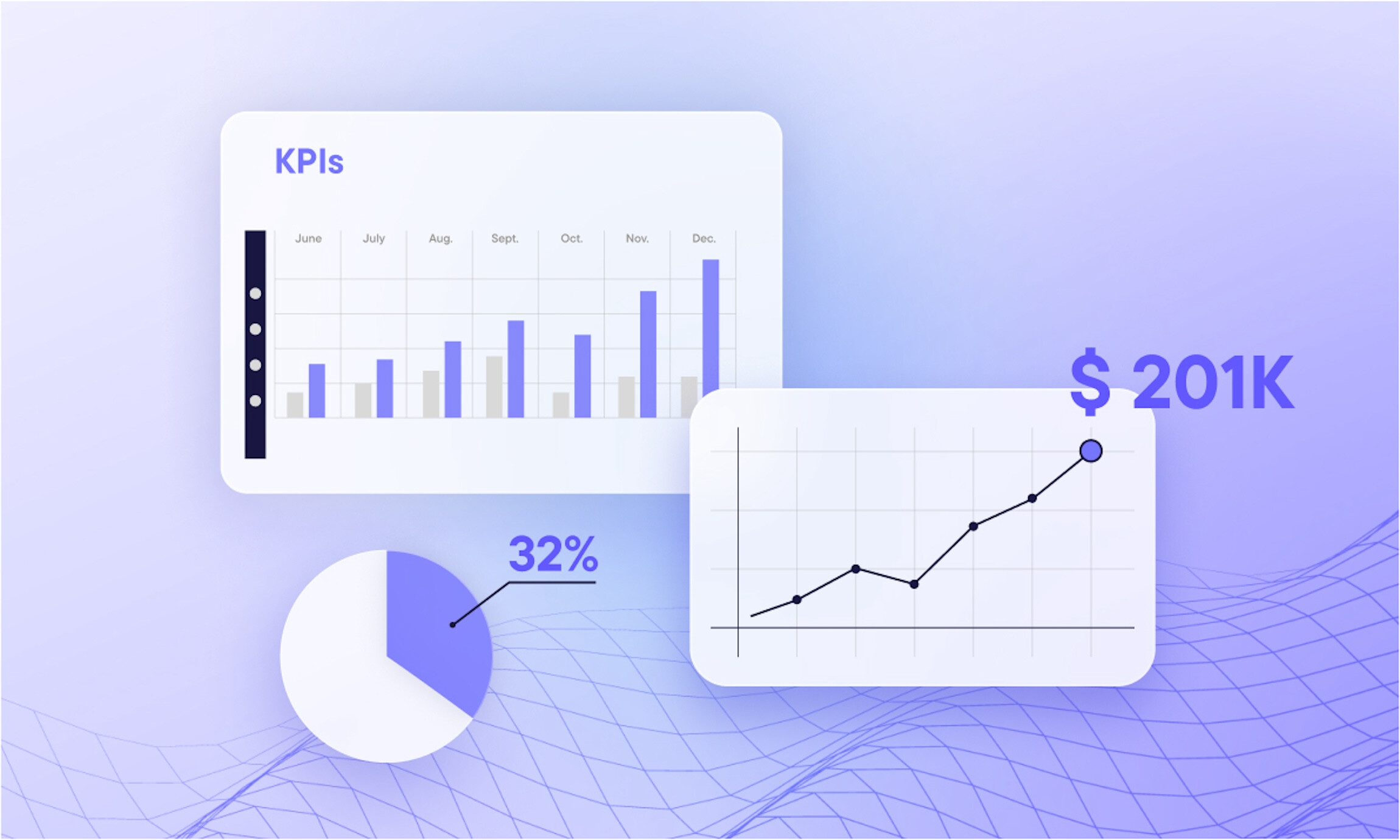In the dynamic world of e-commerce, understanding and monitoring performance metrics is crucial for success. These metrics provide insights into customer behavior, operational efficiency, and financial health, guiding strategic decisions and helping optimize operations.
This article explores essential e-commerce performance metrics every online retailer should track.
1. Conversion Rate:
The conversion rate is a fundamental metric that measures the percentage of visitors who complete a desired action (like making a purchase) on your site.
It is calculated by dividing the number of conversions by the total number of visitors and multiplying by 100.
A low conversion rate could indicate issues with website usability, pricing strategies, or product appeal.
2. Average Order Value (AOV):
AOV tracks the average dollar amount spent each time a customer places an order. To calculate AOV, divide your total revenue by the number of orders.
Increasing your AOV can be achieved through upselling, cross-selling, and bundling products to encourage more significant purchases.
3. Customer Acquisition Cost (CAC):
CAC is the cost of convincing a potential customer to buy a product or service. This metric is crucial for understanding how much you are spending to acquire new customers and is calculated by dividing all the costs spent on acquiring more customers (advertising expenses, marketing team salaries, etc.) by the number of customers acquired in the period the money was spent.
4. Customer Lifetime Value (CLTV):
CLTV predicts the net profit attributed to the entire future relationship with a customer.
Understanding CLTV helps you determine how much to invest in maintaining relationships with existing customers.
Improving CLTV involves enhancing customer satisfaction, encouraging repeat business, and increasing customer loyalty.
5. Cart Abandonment Rate:
This metric measures how many customers add items to their shopping cart but do not complete the purchase.
A high abandonment rate might indicate that your checkout process is too complicated or that your shipping costs are too high.
It’s calculated by dividing the number of completed purchases by the number of shopping carts created.
6. Traffic (Unique Visitors):
Traffic metrics provide insights into your store’s visibility and the effectiveness of your marketing efforts.
Monitoring both total and unique visitor counts can help you gauge brand awareness and the reach of your marketing campaigns.
7. Return on Investment (ROI) from Marketing Campaigns:
ROI from marketing campaigns measures the effectiveness of your advertising and marketing strategies.
It is calculated by subtracting the cost of the marketing activity from the profit generated and then dividing by the marketing cost.
This metric helps in understanding which campaigns are worth investing more in.
8. Net Promoter Score (NPS):
NPS measures customer satisfaction and loyalty by asking customers how likely they are to recommend your business to others on a scale of 0-10.
It helps you understand your customers’ overall perception of your brand and their satisfaction with their shopping experience.
Conclusion
Tracking these e-commerce performance metrics provides valuable insights into your business’s operational, financial, and customer-related dynamics.
Regularly monitoring these metrics enables online retailers to make informed decisions, optimize strategies, and ultimately drive growth and profitability.







